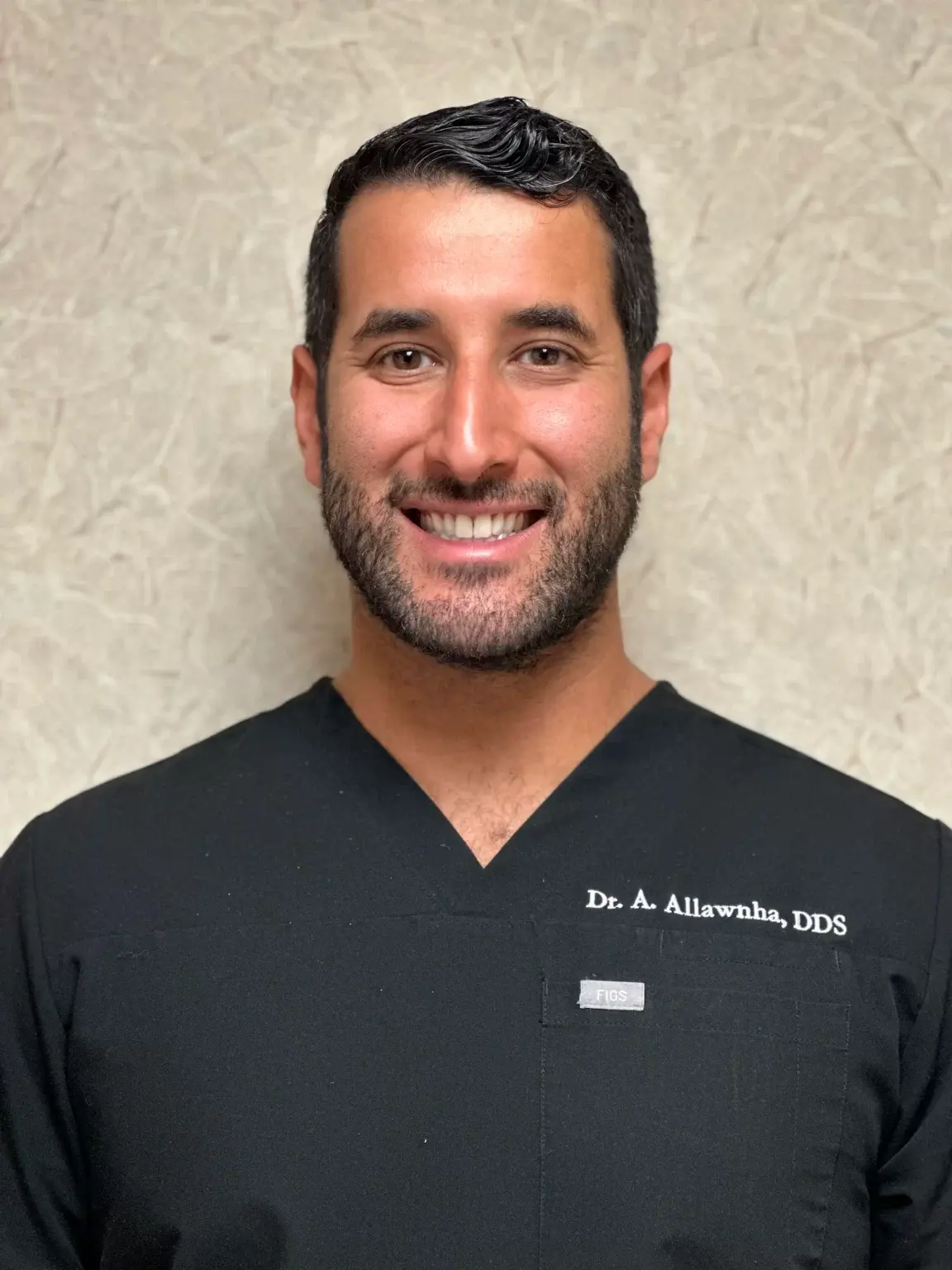Crown lengthening is a procedure that addresses a gummy smile. People with gummy smiles have normal-sized teeth; they just appear smaller in crown lengthening before and after pictures due to excess gum tissue that partially covers them.
The crown is the portion of the tooth visible above the gum line. Crown lengthening is usually performed for cosmetic reasons; however, some need it because they need to expose damaged or decayed areas of teeth.
Periodontists perform crown lengthening to expose more of the tooth’s structure before they place a bridge or perform other restorative dental procedures.
Let’s look at what crown lengthening is, how to prepare for it, and what you should expect during and after the procedure.
What Is Crown Lengthening?
Dentists perform crown lengthening to expose more of your tooth when you don’t have enough to hold an artificial crown in place. Some crown lengthening indications include:
- Broken tooth at the gum line
- Your gums cover too much of your tooth, preventing it from getting treatments.
- Your tooth isn’t strong enough to support a restoration
- Decay beneath the crown or filling
Your dentist will make sure you have enough gum to keep your teeth healthy.
Not everyone is eligible for crown lengthening. Talk to your dentist if you’re interested in this procedure for cosmetic reasons.
How much is crown lengthening? Crown lengthening costs range between $1000 to $3000, depending on whether you have dental insurance, the type of surgery your dentist will perform, how many teeth will need the procedure, and your location.
How To Prepare for Crown Lengthening
It’s essential to have healthy gums before you have a crown lengthening procedure. The American Academy of Periodontology recommends the following for healthier gums and teeth:
- Regular brushing and flossing
- Use mouthwash
- Annual visits to the dentist for a thorough evaluation
Dentists or periodontists conduct a pre-surgical examination to find the new gum line before the procedure. They will also examine the surrounding structures, gums, and teeth, which will help them decide on the best surgical technique.
Your dentist or periodontist may also place temporary crowns to protect your tooth and make it easier to fit your new crown. They will also review your medical history and examine your X-rays. Talk to your dentist or periodontist about your medications during this appointment. They will let you know if you need to stop taking any medications for the procedure.
Crown Lengthening Procedure
Your dentist may choose one out of these three crown lengthening techniques based on your needs:
Gingivectomy
Gingivectomy is the surgical removal of gum tissue using a scalpel or laser. Dentists often use local anesthesia for this procedure.
Some research suggests that lasers produce better results than scalpels. People who undergo laser gingivectomy may experience less pain, healing time, and bleeding.
Lasers are as effective as electrocautery, which involves heating an instrument with electricity.
According to a 2015 evaluation, gums can heal quickly after a gingivectomy. Most pain will disappear within a week if the procedure only involves gum tissue removal.
Apically Repositioned Flap Surgery
Dentists or periodontists create a flap by cutting a hole in your gums in this procedure. They lift this flap to remove excess tissue and bone, depending on how much of the tooth they need to expose.
Your dentist or periodontist will then reposition the flap towards the root of your tooth and use stitches to hold it in place as it heals. They may also apply a bandage or dental dressing to the affected area.
Surgical Extrusion
Surgical extrusion involves moving the tooth to the preferred location along the gum line. Periodontists or dentists use this method to remove a fractured tooth that is fractured below the gum line.
They use stitches to stabilize the tooth, which may dissolve or need removal. They may also use wire or brackets to anchor the tooth to its surrounding teeth.
Risks of Crown Lengthening
Crown lengthening is not without risk of infection. Follow all postoperative care instructions from your dentist or periodontist to prevent infection, and contact them for any questions during your recovery.
You may also experience some bleeding, and your teeth may become sensitive to hot and cold temperatures. Don’t worry; these will lessen over time.
Your tooth may also look longer than its neighboring teeth or feel looser if your dentist or periodontist removed a bone.
Crown lengthening may also make it more difficult for dentists to place a dental implant if you lose your tooth in the future.
Recovery and Aftercare
You need approximately three months to recover from a crown lengthening surgery. It’s best to avoid any strenuous activity in the days following the procedure. You may resume your normal activities once your gums heal.
Always discuss the specifics of your recovery with your dentist or periodontist. You may also follow these guidelines:
Use an ice pack.
You can apply an ice pack on your face within the first few hours following the procedure. You can alternate between having it on your face for 20 minutes, then 20 minutes off your face. You may switch to moist healing a few days after your surgery.
Leave the dressings in for 7 to 14 days.
Don’t remove the dressings from your mouth. Your dentist or periodontist may change the dressings as often as needed.
Take over-the-counter or prescription medications for the pain.
Your aftercare instructions will most involve taking Tylenol or ibuprofen at regular intervals. Your dentist or periodontist may prescribe antibiotics and extra-strength painkillers like acetaminophen-hydrocodone (Vicodin), Tylenol with codeine#3, or acetaminophen-propoxyphene (Darvocet).
Watch what you consume.
You should avoid eating hot food for the first 24 hours after your surgery and don’t rinse your mouth; otherwise, your teeth may bleed longer.
You should also only consume soft foods; avoid eating anything hard, brittle, spicy, sticky, highly seasoned, or acidic. You should also avoid small seeds and nuts. Lastly, drink plenty of fluids.
Avoid drinking until your postoperative appointment, and stop smoking for the first seven to ten days or more.
Wear your stent or denture if it’s included in your instructions.
Do not remove your denture or stent from your mouth for at least 24 hours. You may rinse your mouth with chlorhexidine or lukewarm water if blood pools in your mouth, but do not remove the stent or denture. Wear them as you wish after 24 hours.
Avoid touching the area.
Be careful in brushing your teeth. Gently brush the biting surfaces of the area with dressing; brush the rest of your teeth as usual. You should also chew on the side opposite your dressing.
You shouldn’t poke the area. Do not use straws, play with the surgical site with your finger or tongue, or pull your lips down to inspect the area. Placing pressure on the surgical site can cause injury.
Key Takeaway
Crown lengthening is a procedure that exposes more of the tooth covered by excess gum tissue. However, they should consult their dentist to determine if it’s right for them since crown lengthening is not for everyone. It may also take at least three months to recover from the procedure. Always follow the aftercare instructions provided by your dentist or periodontist.
Enjoy improved smiles with Century Dental.
Our dentist near South Pasadena FL, performs crown lengthening and other periodontal treatments that can help keep your gums healthy for years to come. Call us for any questions or concerns you may have; we’ll be there to help you on your way to oral wellness.





